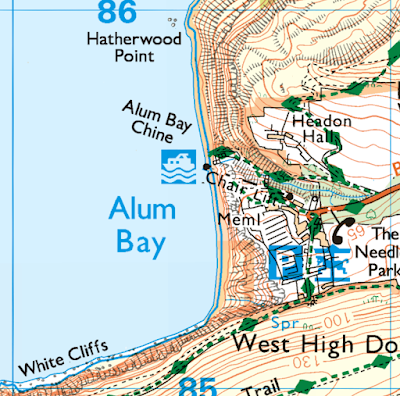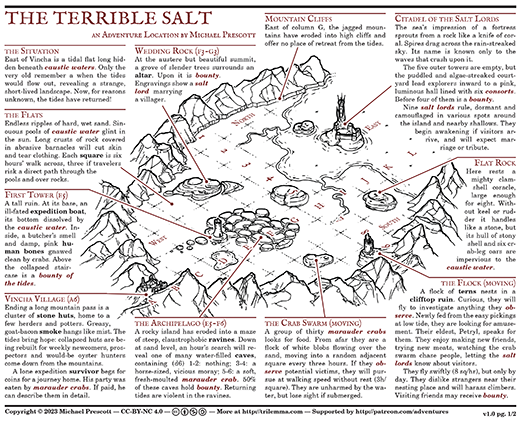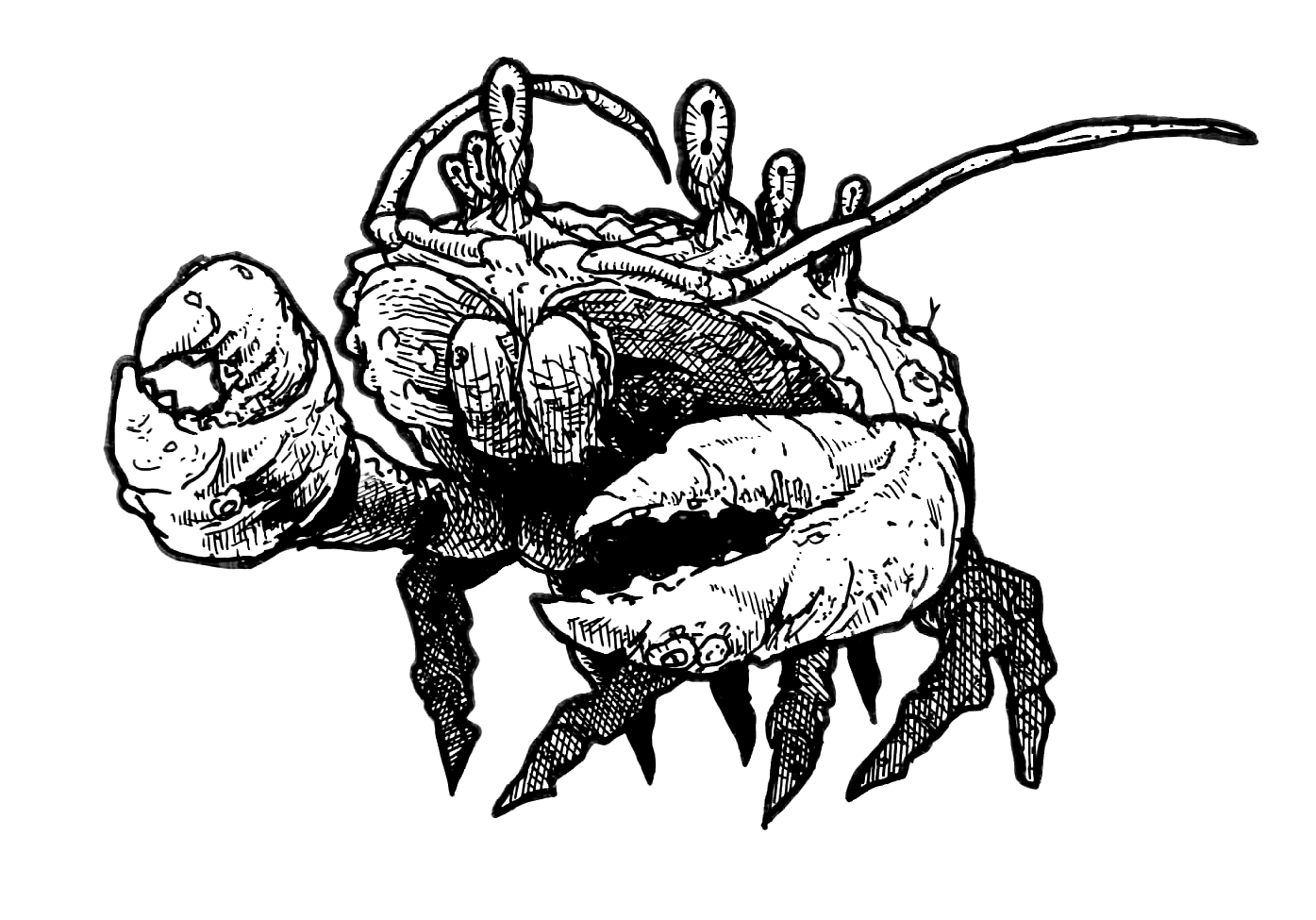In a galaxy far, far away, safety research is a thankless job.
Final year Academy projects don't write themselves, however, and so it fell to Partho Borc to dig deep into the question that had been bugging him ever since the Battle of Yavin.
How on earth did firing a proton torpedo into an exhaust port lead to the destruction of a moon-sized battle station?
The conventional wisdom was pretty straight forward, a deliberate weakness built in by a bent Imperial weapons designer, okay. But what about the shutoffs at level 22? What about the pressure cascade blowback valves in the core sheath? What about literally dozens of mechanisms that would make that kind of catastrophic failure impossible?
Because of the Death Star's hasty construction schedule, its system designs wouldn't be novel. No, most of the major subsystems have had to be right off the rack, just upscaled versions deployed in clustered configurations. Nothing truly new. All tried and true stuff, very little innovation.
Even a team of designers working day and night to undo centuries of established safety mechanisms would have needed several years to put it all together. And all that before construction started. To say nothing of all the parallel work producing the control procedures, operating manuals, training courses—it just didn't add up.
One guy did all this? Forget it. There was no way the official narrative could be true, and Partho knew it. Something else had undone the Death Star.
Unfortunately, that's about all he could uncover. Safety research was a vocation with poor prospects, and he had little pull to get the information he needed to prove his theories. "Nobody cares about shielding, Parth!" his parents would nettle him. "Why don't you go into something with some upside? What about repulsorlift window cleaning?"
* * *
Partho's break came by accident. One night in the student lounge, far drunker than he usually let himself get, he overheard some third-year xenocultural studies students use the term, "Reactor Shielding Cults."
If he'd been sober, he'd have been too shy to go over, but his inebriation led him into a conversation that changed the course of his academic career.
It turned out that xenocultural studies had its own dead-end lines of inquiry, one of those being the shielding cults: a peculiar pattern of mystical beliefs that repeated itself across the galaxy. The specifics varied quite a lot from species to species and culture to culture, but the one thread that linked them all was sabotaging reactor shielding.
Seventeen completely unrelated religions had holy historical figures whose most famous act was destroying a power reactor. Eleven others hadn't just wrecked reactors, but claimed various mystical powers that had allowed them to do it at a distance, or in the future, with their minds, with or without certain tools, or other non-tool objects.
Weird, sure, but like safety research, a total career dead end. They'd been fully chronicled and holo'ed by the Republic forty years before, what was left to even write about? You certainly couldn't get anything actually published.
But— but! And here's the thing. By the time of the Battle of Yavin, at least three of them had commercial ties with organizations that held Imperial contracts to service Death Star I. They were there!
* * *
Getting the remaining pieces took Partho years, but bit by bit it fell together.
The full picture was breathtaking: no fewer than forty seven mystical traditions were involved in the destruction of the Death Star. While Skywalker and the Jedi took most of the credit for the rebel victory, they were really just there for the showy bit.
Six other "prowess cults" had prophecies that culminated on that day, and each of them celebrated themselves as having primary responsibility. Jana, last of the Shureen, finally listened to her trainer's words and achieved yellow-grade Shur manipulation while Shur-punching the primary reactor's force-field generator through eight levels of metal flooring.
The trio of Briwew adepts who had snuck aboard the Death Star only days earlier used the power of the three-thrum to addle the brains of every clone in the Yavin system, making effective aiming impossible. How many stormtroopers or TIE pilots landed accurate shots that day? In the view of the Briwew, this brave action made rebel victory all but guaranteed. How can you lose against an enemy that can't aim?
It wasn't just the prowess cults who believed themselves to be the lynch-pins that day. Mechesoteric orders had compromised thousands of Death Star subsystems as well. A group calling itself the Veen, whose legends claimed its ascended adepts could etch integrated circuits by hand, had apparently done a number on the Death Star's internal monitoring systems. In combination with the shift schedule suddenly one-way encrypting itself, some days you could walk from one end of the Death Star to the other without ever meeting a guard.
Lights didn't work, turbolifts would stop on the wrong floor and then shut down. Turbolasers would decalibrate during target practice and blast hapless observation towers into fragments.
Worst of all, an order of psycho-netic priestesses had sabotaged the toilets, causing them to either flush at bowel-wrenching triple pressure at random times, or flip into reverse and blast an entire trash compactor's contents into the room. For weeks before the Battle of Yavin, not even the Moffs had been able to take a shit in peace. It was mayhem.
* * *
Partho was ecstatic. Looking at the entire picture, it was clear that the Death Star never stood a chance. But the real discovery was much broader than just one megaweapon! Long-standing xenocultural data showed that it took an average of nineteen years for mystical space wizard orders to produce chosen ones in times of need, nearly twice as long as the Death Star's construction time.
Forty seven separate mystical orders had all spontaneously begun producing chosen ones in anticipation of the Death Star. It was almost like an immune system built into the fabric of the universe. Build something big enough, and dangerous enough, and a hundred heroes would show up out of nowhere to screw it all up.
Partho could hardly contain himself. This would be the greatest discovery in safety research in.. well, ever. Not just safety research! Building a super-weapon that you could actually use would require whole new fields of study. Anti-prophetic architecture. Heroism dynamics. Xenocultural barometrics. Shift schedules written out by hand on whiteboards.
Finally, safety research would get the attention it truly deserved, uniting military security and system integrity planning under a single banner. Partho's hands trembled as he realized what this all meant. With this insight, you could once and for all rule the galaxy in a reign of terror that no plucky band of heroes could ever undo. Partho Borc's name would echo throughout the ages, as the man who finally made galactic empire possible.
But sadly, it was never to be. In a galaxy far, far away, safety research was a thankless job. Nobody listened.
You couldn't even get these people to install railings.



























